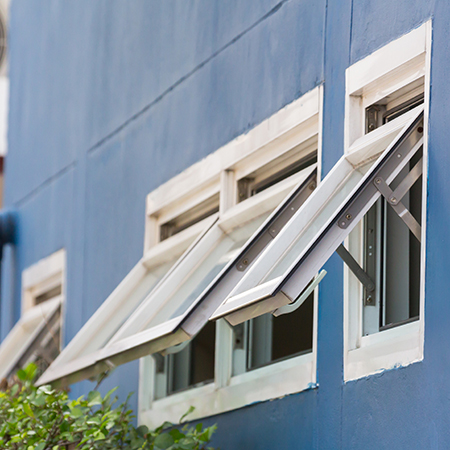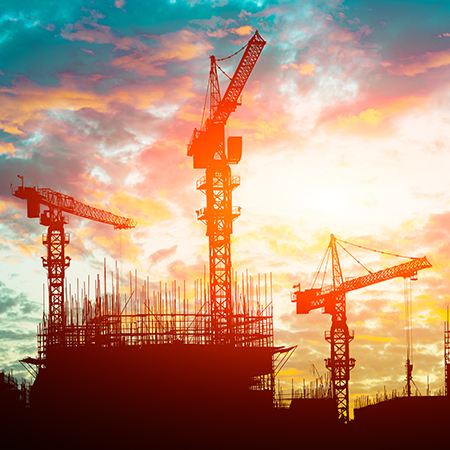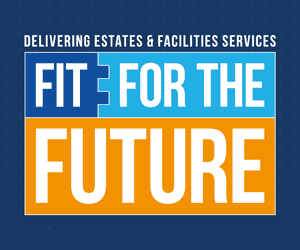A new report from the Royal Academy of Engineering and its partners in the National Engineering Policy Centre (NEPC) stresses the importance of good ventilation inside public buildings – including hospitals – and public transport to reduce the spread of infections such as COVID-19. The report also highlights an urgent need to improve guidance and plug skills gaps as COVID-19 restrictions lift.
In the report commissioned by the Government Chief Scientific Adviser, Sir Patrick Vallance, leading engineers say the importance of ventilation is too often neglected, and that the COVID-19 crisis has revealed flaws in the way buildings are designed, managed and operated. Unless these are addressed, they could disrupt management of this and future pandemics, impose high financial and health costs on society and constrain our ability to address other challenges such as climate change.
Clear, consistent communication and advice on ventilation from government and professional bodies is needed to help building owners and operators to manage infection risks, finds the report. Clearly identifiable measures that can be implemented at moderate cost will help to ensure that adequate ventilation is prioritised alongside more visible measures such as surface cleaning and distancing.
The report also warns that there is an urgent need to plug skills and knowledge gaps and put in place the training, re-skilling and recruitment needed to fill them. Even in sectors such as hospitals, which have a clear regulatory framework and an explicit remit for managing the health and safety of vulnerable populations, levels of skill and competence vary. In a series of evidentiary hearings, the Royal Academy of Engineering uncovered differing levels of organisational maturity across operators and sectors, and variation in the ability and motivation of owners to understand, manage and govern issues of infection control.
Investment in research and development is needed to clarify issues such as acceptable minimum standards for ventilation to support regulation by Local Authorities and others. Efforts to increase resilience to infection must also work alongside the delivery of significant carbon emission savings from our buildings. These two ambitions should be driven forward in tandem and efforts across government need to be fully coordinated.
The report warns that technological solutions are not a ‘silver bullet’, and uninformed reliance on technology can even have negative consequences. For example, air cleaning using high efficiency particulate air (HEPA) filters or ultraviolet light (UVC) can be effective at reducing infection risks in locations where good ventilation is difficult to achieve. However, the benefits of using other kinds of air cleaning devices, often heavily marketed, are less clear.
Professor Peter Guthrie OBE FREng, Vice President of the Royal Academy of Engineering and Chair of the NEPC infection resilient environments working group, says: “Buildings make an enormous difference to people's health and we have often neglected this in the past, which is bad news in a pandemic, because they are one of the most significant levers that we have to control infection. We must take action now to make sure that good practice in ventilation is widely understood and applied across workplaces and public buildings.
“Longer term, this is a real opportunity to transform the way we design and manage our buildings to create good, healthy and sustainable environments for those who use them. We must also integrate this with thinking on infection control into our approach to Net Zero, to prevent inadvertently hard-wiring a susceptibility to infection and other health risks into our building stock and management practices.”
Dr Hywel Davies CChem CSci, Technical Director at the Chartered Institution of Building Services Engineers, says: “Clear communication on ventilation is essential – we need to support owners and operators with clear and simple guidance, emphasising the importance of improving ventilation while maintaining wider good practice on infection control.
“Our aim should be to enable everyone who has responsibility for managing buildings or transport to understand how to respond in a practical and timely manner, and to establish an appropriate balance of measures to manage infection risks alongside thermal comfort, air quality and energy concerns.”
Download ‘Resilient Environments: Buildings that keep us healthy and safe’ here.










